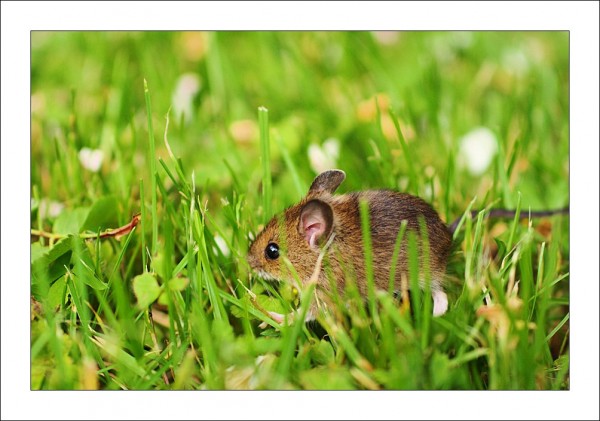By April Kirstin Chua, | March 12, 2017

Scratching in mice show brain is bugged to respond from socially contagious behaviors
One person yawns in a room and the rest follows creating a domino effect. This behavior, in addition to scratching, is socially contagious and researchers have found that socially contagious itching is hardwired into the brain through a study in mice.
Studying mice behaviors when it comes to watching itchy neighbors or even just videos of scratching mice show the first clear evidence of contagious scratching spreading mouse-to-mouse according to principal investigator Zhou-Feng Chen of Washington School of Medicine in St. Louis. Together with his team, they study the neural circuits that control socially contagious behaviors through mice.
Like Us on Facebook
"Itching is highly contagious," Chen said of the mice study. "Sometimes even mentioning itching will make someone scratch. Many people thought it was all in the mind, but our experiments show it is a hardwired behavior and is not a form of empathy." Researchers placed a mouse in an enclosure with a computer screen and played a video that showed another mouse scratching to study mice on socially contagious behaviors.
The mouse then started scratching in just a few seconds, which came as a surprise for Chen's team as mice are known for their poor vision. Mice, being nocturnal animals, would normally just brush their way through the dark. But in the experiment the mouse did not only watch the video, it could tell that the mouse in the video was scratching.
Chen's team further found that its SCN was highly active after watching the video of the scratching mouse. Suprachiasmatic nucleus, shortly abbreviated as SCN, is a brain region that controls when animals fall asleep or wake up.
In addition, mice don't normally succumb to contagious scratching when they do not have working genes for producing GRP or gastrin-releasing peptide, which is a key transmitter or itch signals between the skin and the spinal cord. But the researchers have found that when the mouse saw another scratching, its brain started sending out itch signals using GRP as a messenger.
Chen believes that the contagious behavior the mice engaged in is something animals can't control as it is an innate behavior and an instinct. He likens this to human behaviors when they scratch or yawn in response to seeing another doing it and that such is not merely a choice or psychological response but it is hardwired into one's brain.
Dermatologist Gil Yosipovitch, who studies itching at the University of Miami, refuses to believe the concept of contagious mice scratching would apply to people. According to him, brain imagery has not turned up evidence for an SCN role in human contagious scratching. Tracking down the mechanisms behind the phenomenon is more than an intriguing science puzzle as he noted.
-
Use of Coronavirus Pandemic Drones Raises Privacy Concerns: Drones Spread Fear, Local Officials Say

-
Coronavirus Hampers The Delivery Of Lockheed Martin F-35 Stealth Fighters For 2020

-
Instagram Speeds Up Plans to Add Account Memorialization Feature Due to COVID-19 Deaths

-
NASA: Perseverance Plans to Bring 'Mars Rock' to Earth in 2031

-
600 Dead And 3,000 In The Hospital as Iranians Believed Drinking High-Concentrations of Alcohol Can Cure The Coronavirus

-
600 Dead And 3,000 In The Hospital as Iranians Believed Drinking High-Concentrations of Alcohol Can Cure The Coronavirus

-
COVID-19: Doctors, Nurses Use Virtual Reality to Learn New Skills in Treating Coronavirus Patients











